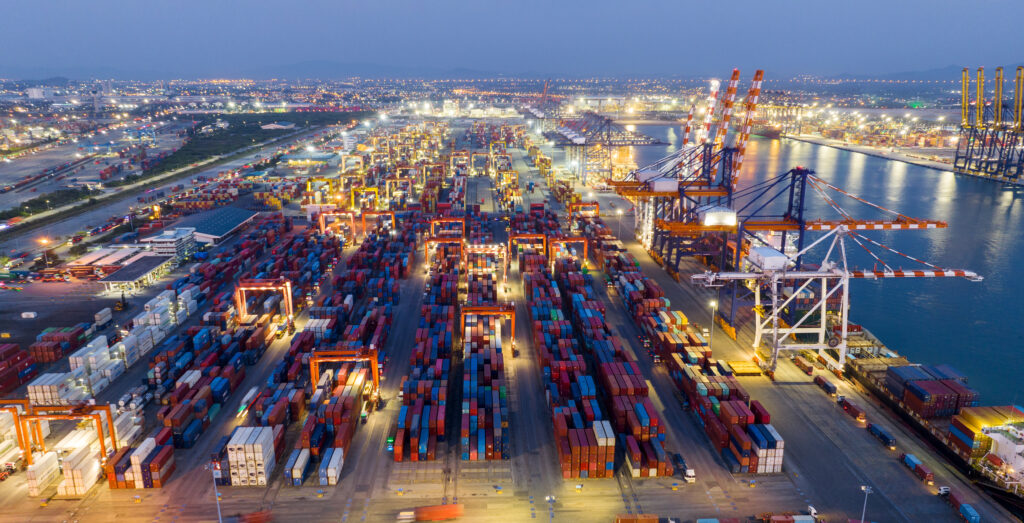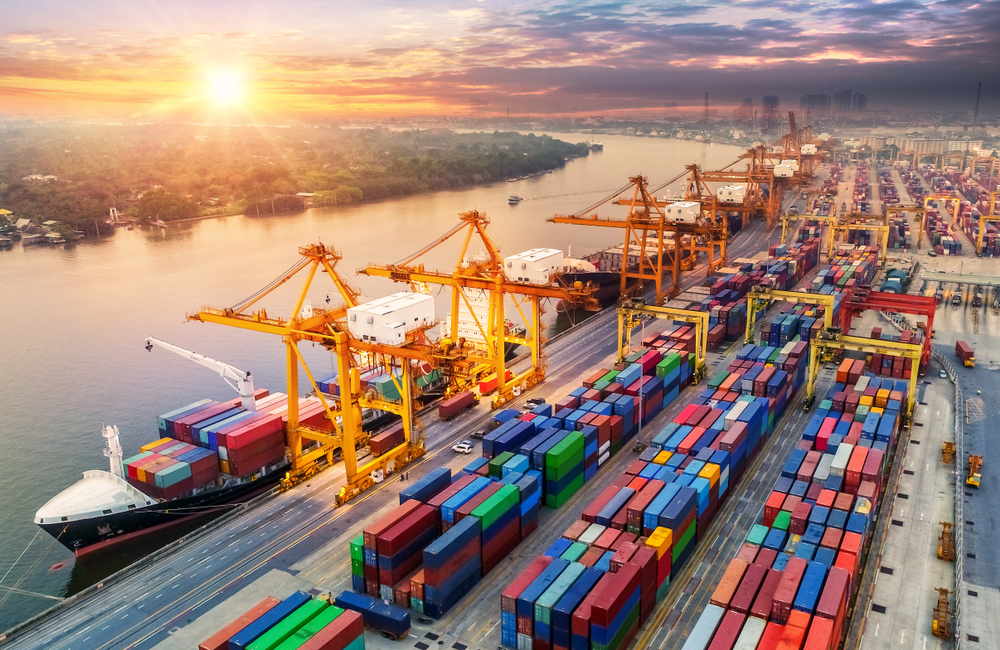The Panama Canal revolutionized global trade, but is facing a major challenge: drought. This vital waterway, connecting the Atlantic and Pacific Oceans, is experiencing its worst water shortage in decades. Importers and exporters are experiencing international shipping disruptions and delays as concerns continue to grow about the future of global shipping. Even shipments that don’t pass through the canal will be impacted by a chain reaction resulting from these interruptions. If your freight relies on ocean container transportation, we suggest you read on.


What’s the Problem?
The canal’s operation depends on freshwater from Gatun and Alajuela lakes, fed by rainforests in Panama. However, the region has been experiencing an extended dry period, causing the water levels in these lakes to plummet. As a result, the Panama Canal Authority (ACP) has been forced to implement several measures:
- Draft restrictions: Limiting the weight of ships that can travel the canal, as heavier vessels require more water to raise and lower through the locks.
- Reduced transit capacity: Fewer ships are being allowed through the canal each day to conserve water.
- Priority scheduling: Favoring smaller ships and those carrying essential goods like food and medicine.
Consequences for Global Trade
The consequences are far-reaching. Gone are the days of swift passage. Weight restrictions are only the beginning; The once-swift artery of the world economy now pulses with agonizing slowness, its wait times measured not in hours, but in weeks of lost momentum. This, in turn, has led to:
- Higher shipping costs: As demand for space on the canal outstrips supply, global shipping companies are raising prices to pass on the costs to consumers.
- Supply chain disruptions: Delays at the canal are causing ripple effects throughout global supply chains, leading to shortages and price increases for various goods.
- Economic uncertainty: The disruptions at the Panama Canal raise concerns about the resilience of global trade in the face of climate change and resource scarcity.
Importers and Exporters Combat The Panama Canal Drought
Importers and exporters can collaborate with international shipping companies, like PITT OHIO, to find creative solutions around the Panama Canal. We have the flexibility to adjust strategies importers and exporters need to navigate the uncertainty caused by the drought. We understand how important maintaining open communication with customers and suppliers is to minimizing disruption and building trust.
The Future of the Canal
The long-term outlook for the Panama Canal is uncertain. While the rainy season is expected to bring some relief in mid-2024, experts warn that more frequent and severe droughts may become the new normal. The ACP is exploring various solutions, including water conservation projects, exploring alternative water sources, and even potential canal expansion projects. However, implementing these solutions will require significant investment and time.
In conclusion, the Panama Canal’s current woes are a stark reminder of the interconnectedness of our world and the vulnerability of critical infrastructure to climate change. Finding sustainable solutions for the canal’s future is not just a Panamanian challenge, but a global imperative.
Stay tuned for further updates on the Panama Canal’s situation and its implications for the world economy.




